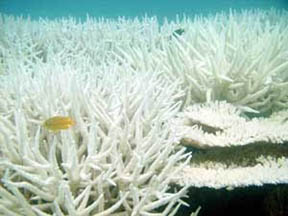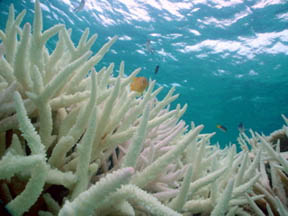SAVE THE CORALS


 |
|
Go To Deepwater Corals |
presented by:
Signature Studios
Mark D. Sabatke
 50 Summit Avenue, Room 409
50 Summit Avenue, Room 409
 Hagerstown,
Maryland 21740
Hagerstown,
Maryland 21740  (301) 733-4363
(301) 733-4363Mark@SignatureStudios.info


 |
|
Go To Deepwater Corals |
 50 Summit Avenue, Room 409
50 Summit Avenue, Room 409
 Hagerstown,
Maryland 21740
Hagerstown,
Maryland 21740  (301) 733-4363
(301) 733-4363